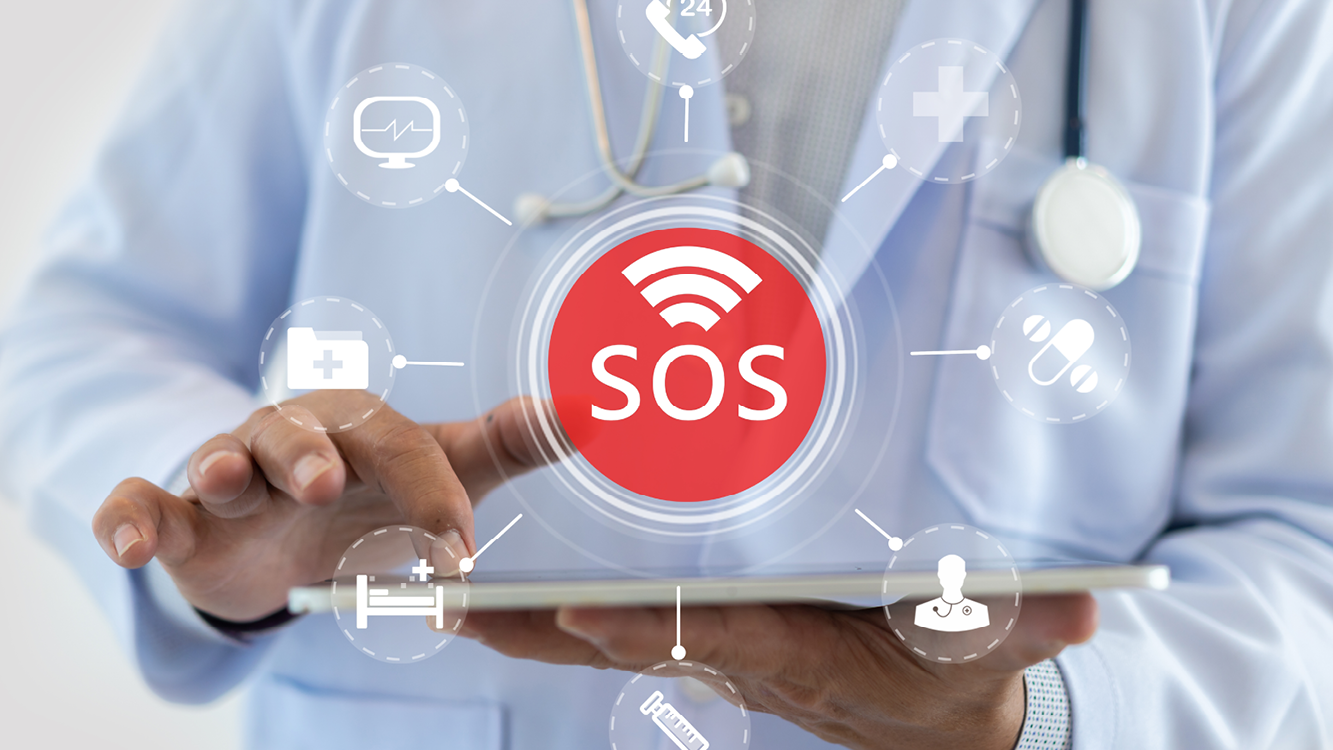3 min read
Why Wireless and Mobile Solutions Are Critical Emergency Services Technology
![]() Dev Pro Journal
June 28, 2024 4:59:29 AM EDT
Dev Pro Journal
June 28, 2024 4:59:29 AM EDT

Consider how your solutions can enhance Blue Light efficiency and safety
The need for advanced solutions in public safety has never been more critical. As mobile technology advances, its application within emergency services becomes vital to stay connected and operate safely in the field. Outdated emergency services technology isn’t designed to handle today’s public safety needs. As such, technology solutions providers (TSPs) have an opportunity to assist blue lights with essential upgrades.
Advantages of Blue Light Technology Upgrades
Blue Lights require instant access to mission-critical information that enhances situational awareness and improves safety for their teams and the public. This kind of data requires real-time access and seamless communication. Mobile emergency services technology delivers in these areas:
- Real-time Access to Information
Blue Lights often face situations where time is a precious commodity and the window of opportunity to deliver a positive outcome is narrow. Wireless and mobile solutions help emergency services to make more informed decisions at a fraction of the time it would take with their outdated counterparts, including:
- Instantly view the fastest route to a location in distress, avoiding congestion or roadblocks
- Quickly assess geography to identify the best entry points of a location.
- Access floor plans instantly to navigate complex structures.
- Transmit a clear, visual picture of the emergency services team’s surroundings to experts or coordinating teams off-site to assist with remote guidance.
This data helps emergency services teams assess the best way to respond to unique situations while protecting the safety of their teams and those they are assisting.
- Data Sharing for Collaboration and Coordination
Emergency services teams often work with various supporting agencies. Additionally, the situations they encounter are chaotic and dynamic, and the larger the scale, the higher the complexity of coordinating successfully across teams and agencies.
Wireless and mobile solutions help ensure that all personnel are informed with the same up-to-the-minute data, facilitating seamless teamwork and helping to deploy smart allocation and movement of resources. This coordinated deployment helps supporting teams, including healthcare providers, stay connected, share updates, and adjust real-time strategies. These are crucial capabilities for ensuring an efficient response across factions that removes duplication of efforts and improves outcomes.
- Evidence Collection
Emergency services technology plays a pivotal role in evidence collection. Blue Lights can utilize wearable cameras or mobile device cameras to document scenes accurately and gather visual evidence in real time. They can scan or photo-capture information from people’s IDs for swift identity verification, ensuring accurate and efficient processing of individuals involved in an incident.
Additionally, mobile devices enable signature capture when issuing citations or in other legal document processes. These capabilities enhance the accuracy and reliability of evidence collection and also improve the overall efficiency and accountability of emergency services operations.
- Safety
Wireless and mobile solutions provide enhanced safety through improved situational awareness. These technologies ensure that emergency services teams are continuously informed about potential dangers and any changes once they’re on the scene.
For example, teams can receive real-time updates on hazardous chemicals stored in a compromised facility or alerts about a suspect with malicious intent. Additionally, mobile GPS tracking and location services can provide emergency services teams with data that enables a quick and coordinated response, for example, in the event of a non-responsive team member.
The TSPs Role in Emergency Services
TSPs play a crucial role in equipping Blue Lights with the essential emergency services technology that delivers vital capabilities in the field. Take the time to understand the specific needs of different teams and collaborate with them to build solutions that streamline operations and enhance safety. For some, this may mean providing robust communication systems that provide access to critical data, while for others, this may require expanding functionalities in the field, such as mobile printing and high-resolution image capture. Keep in mind that emergency services teams will need ways to charge devices on the go and may benefit from a combination of connectivity options like 5G, Wi-Fi, and Bluetooth.
Carefully consider how Blue Lights will use devices in the field and provide recommendations that match the use case and are rugged and ergonomic. Ensure that your solutions integrate security, safeguarding the critical data that emergency services rely on.
TSPs should continuously evaluate the emergency services technology teams are using in their market and consider how their solutions can enhance public safety. By addressing these needs, TSPs can significantly contribute to the efficiency and effectiveness of emergency response operations.



